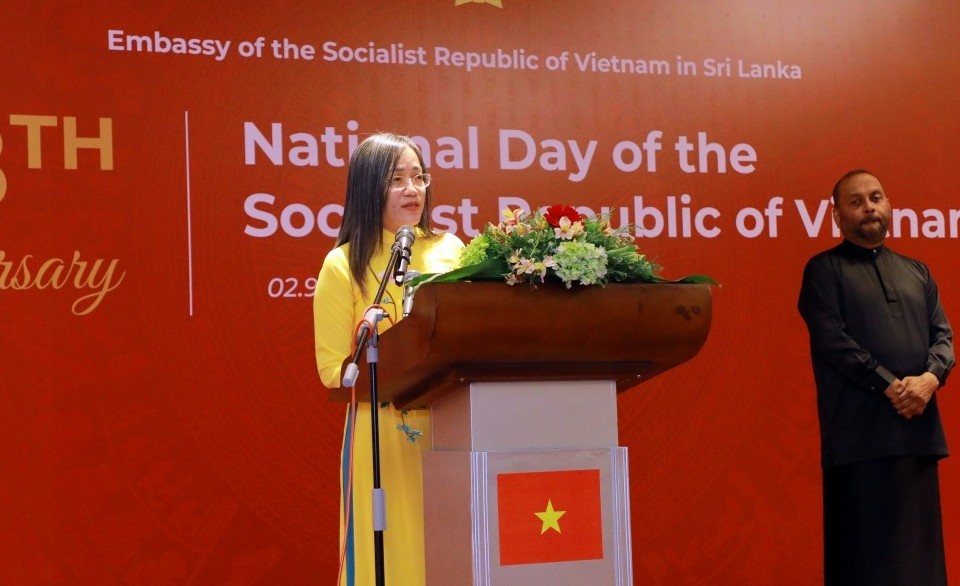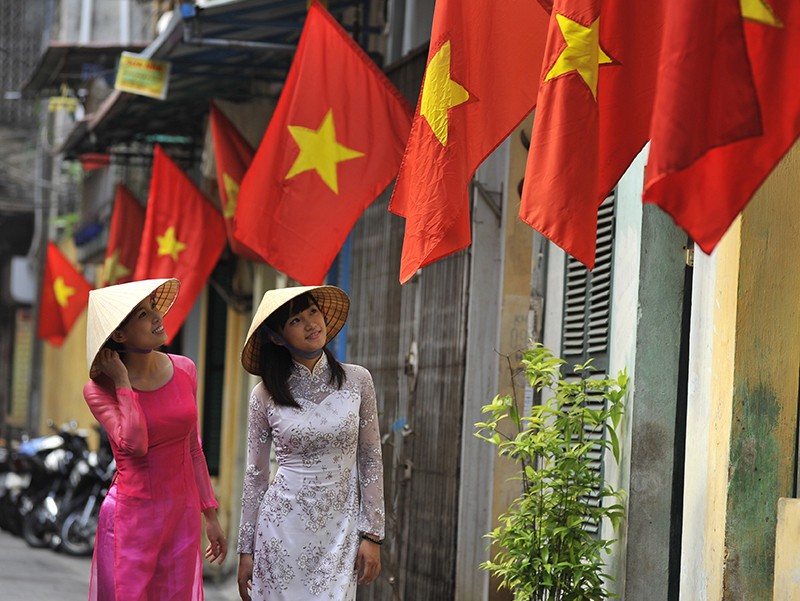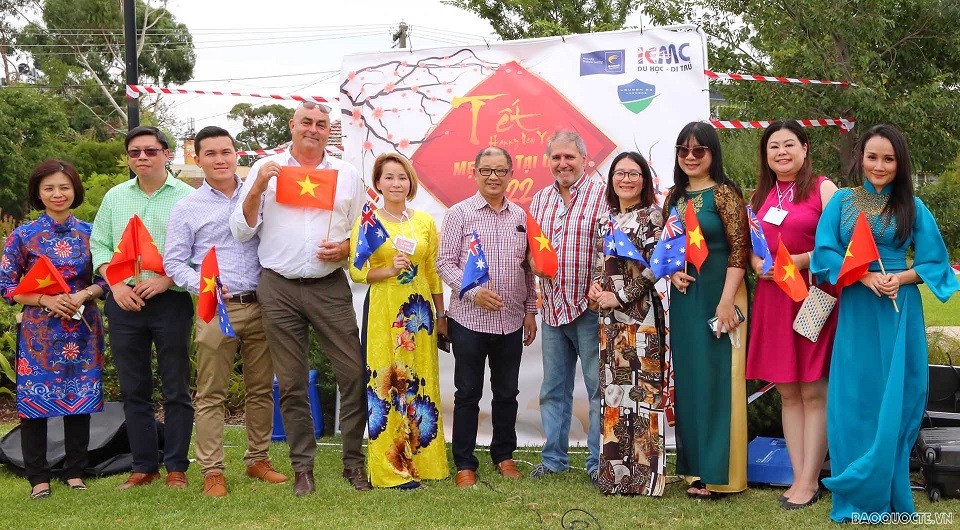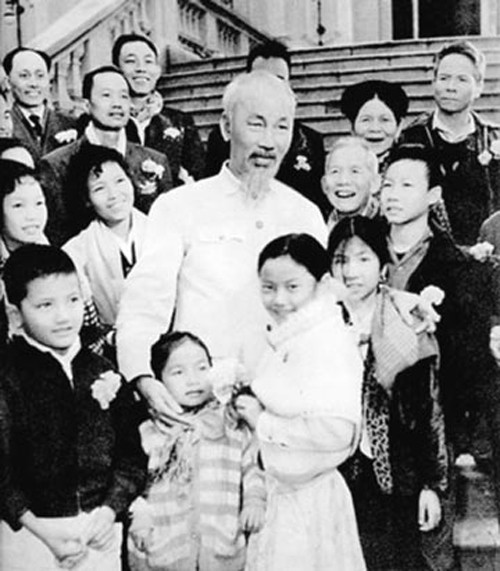Vietnam Independence Day in Memories of International Friend
| Global Celebrations: Vietnam's 79th National Day | |
| Online Meeting to Celebrate National Days of Vietnam and Uzbekistan |
Major Archimedes L.A. Patti formerly led the OSS French Indochina Section, based in China. In August 1945, following Japan's surrender, he directed the US Army's forward mission to North Vietnam, aiming to rescue Allied prisoners of war held by the Japanese and to facilitate the disarming of the Japanese forces.
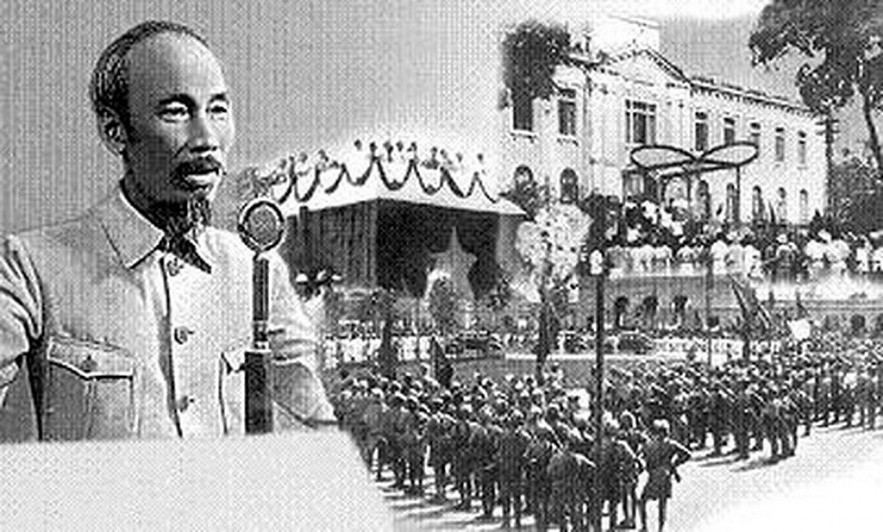 |
| President Ho Chi Minh read the Declaration of Independence at Ba Dinh Square, Hanoi on September 2, 1945. (Photo: Archive) |
The Communist Party of Vietnam's e-newspaper reports that before Independence Day, L.A. Patti was consulted by President Ho Chi Minh regarding the draft of the Declaration of Independence. On September 2, 1945, L.A. Patti, accompanied by his team, witnessed the event at Ba Dinh Square and later recounted it with rich detail and engaging narrative in his memoir "Why Viet Nam?".
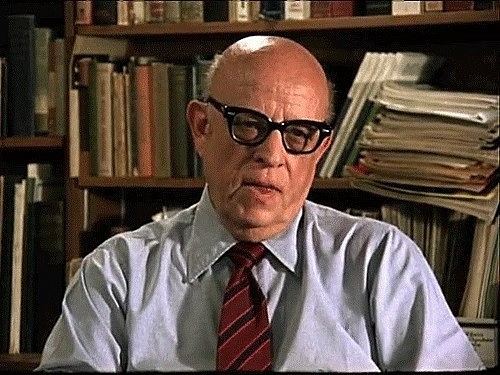 |
| Archimedes L.A.Patti (1913-1998). |
"Ho stood still, a smile on his face. He was diminutive in size, yet immense in the acclaim of his people.He raised his hand for silence and began to read his now famous Declaration with the words: 'All men are created equal. They are endowed by their Creator with certain unalienable rights; among these are life, liberty, and the pursuit of happiness.'
Ho stopped abruptly and asked his listeners: 'Do you hear me clearly?' The crowd shouted back: 'Yes!' It was truly a masterful art of oratory. From that moment on, the masses hung on every word,' wrote L.A. Patti.
Even though he did not fully grasp every word spoken by President Ho at the podium, L.A. Patti remarked, "Just by listening to Ho's voice, calm and clear, warm and intimate, and hearing the crowd's response, we no longer doubted that his words had reached the masses."
According to Dan Viet newspaper, the Independence Day celebration on September 2, 1945, at Ba Dinh Square was also attended by OSS (Office of Strategic Services, the CIA's predecessor) Major Allison Thomas. Accompanying him were the Deer Team, who had parachuted into the Viet Minh resistance base, and the Viet Minh Liberation Army from Tuyen Quang to Hanoi. Additionally, the Soviet representative Stéphane Solosieff was present alongside the Allied forces in Vietnam, as well as the representative of the Republic of China's army, which arrived before General Lu Han's forces to disarm the Japanese army. The Free French army of General De Gaulle was represented by Jean Sainteny.
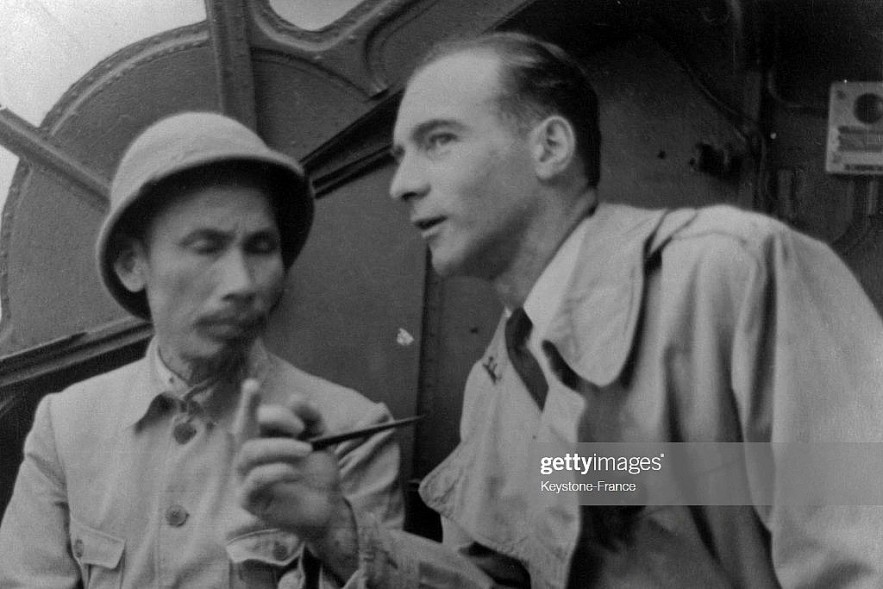 |
| President Ho Chi Minh and Jean Sainteny in 1946. (Photo: Getty) |
In his 1954 memoir "The Story of a Forgotten Peace," Jean Sainteny described September 2 as a pivotal moment in the Viet Minh Revolutionary Government's ascent to power. The pre-planned massive rally on "Independence Day" was deemed a crucial milestone in a sequence of significant events.
He recounted, "On a lofty wooden platform in Puginier Park (now known as Ba Dinh Square), before an assembly of tens of thousands, a succession of orators delivered impassioned speeches, each varying in intensity."
In turn, Vo Nguyen Giap, Tran Huy Lieu and then Ho Chi Minh, whom the masses learned that day was the experienced revolutionary Nguyen Ai Quoc, solemnly declared the independence of Vietnam," the intelligence major wrote.
Jean Sainteny also said in a telegram sent to Kunming that he estimated several hundred thousand people attended the rally on September 2.
"Indeed, estimating the precise number is challenging. Representatives from numerous provinces attended in vibrant local attire. Numerous Catholic priests were present as well, occupying prominent positions. The parade's orderly procession, particularly the lack of rebellious and hostile outcries, stood out as some of the most notable displays.
Standing in the Governor-General’s Palace, Sainteny witnessed the people’s parade from a close position. “The procession advanced along Brière de l’Isle Avenue (now known as Hung Vuong Street), passing directly in front of the gate of the Governor-General's Palace, and there were no signs of hostility directed at us or the Palace, a structure representing French rule in Indochina.”
Sainteny's reports contained some intriguing details: "The American delegation was in attendance. Two American Lightning fighter jets flew at low altitude over the rally attendees for an extended period. The new government's propaganda agency portrayed this occurrence as a display of American support for the Viet Minh."
| In 1982, L.A. Patti made a return visit to Vietnam. At that time, the former Vice Chairman of the National Assembly's Foreign Affairs Committee, Ambassador Ha Huy Thong, assisted Patti with interpretation. According to Ambassador Ha Huy Thong, as reported by the VietNamNet newspaper, Patti's visit included stops at Uncle Ho's Mausoleum, the stilt house and fish pond, and the residence at 48 Hang Ngang where President Ho Chi Minh penned the Declaration of Independence. Patti also visited 19-21 Hai Ba Trung, which was once the headquarters of the U.S. Consulate General and is now known as the American Club. In 1982, permitting an American to visit was difficult; it necessitated meticulous deliberation and a clear comprehension of their visit's purpose. During that period, Patti uttered a phrase that has stayed with me. It was a simple yet effective and persuasive sentence. He said, "I am going to see an old friend, to visit my dear friend." When Patti entered the Mausoleum, he saw the yellow letter in the lobby, he asked me what they meant. I said that it was "Nothing is more precious than independence and Freedom". Patti said it sounded like the Declaration of Independence of the United States drafted by Thomas Jefferson. He stressed that this is not merely an American ideology; it is a universal value of humanity. Uncle Ho distilled the essence of these human values into a brief, succinct sentence.," Ambassador Ha Huy Thong recounted. |
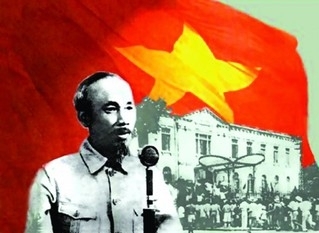 | Independence Declaration promotes human rights The 1945 Declaration of Independence of Vietnam serves as a permanent legal document that promotes both fundamental human rights and a number of great values ... |
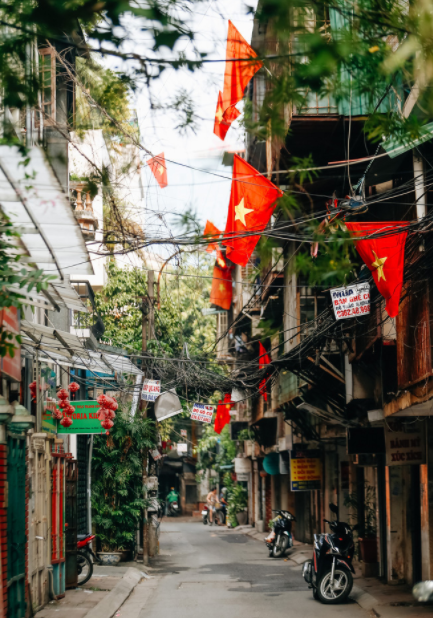 | National Flags make spotlight all over Hanoi streets on the celebration of Independence Day Many central streets of Hanoi capital these days are filled with red national flags, lavishly decorated on the 75th anniversary of the National Day (September ... |
Recommended
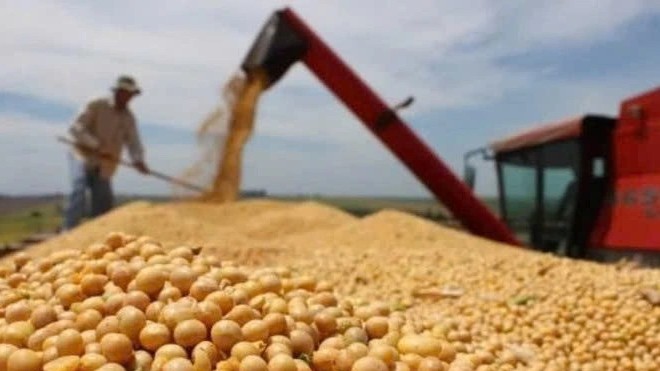 National
National
Vietnam News Today (Jun. 2): Vietnamese Trade Mission Sounds Out Business Opportunities in United States
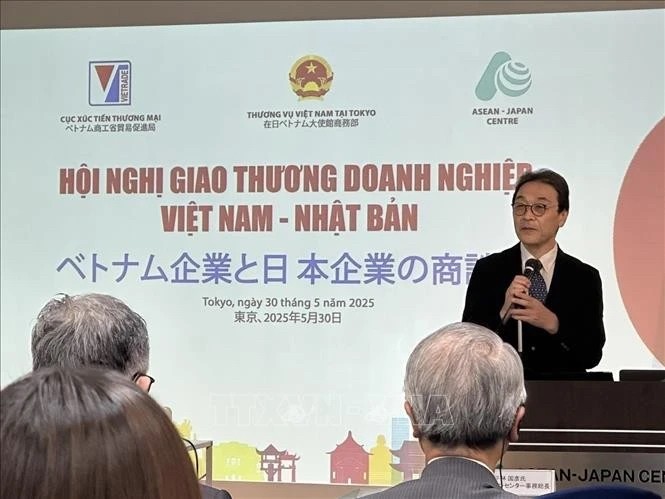 National
National
Vietnam News Today (Jun. 1): Vietnamese, Japanese Firms Foster Partnership
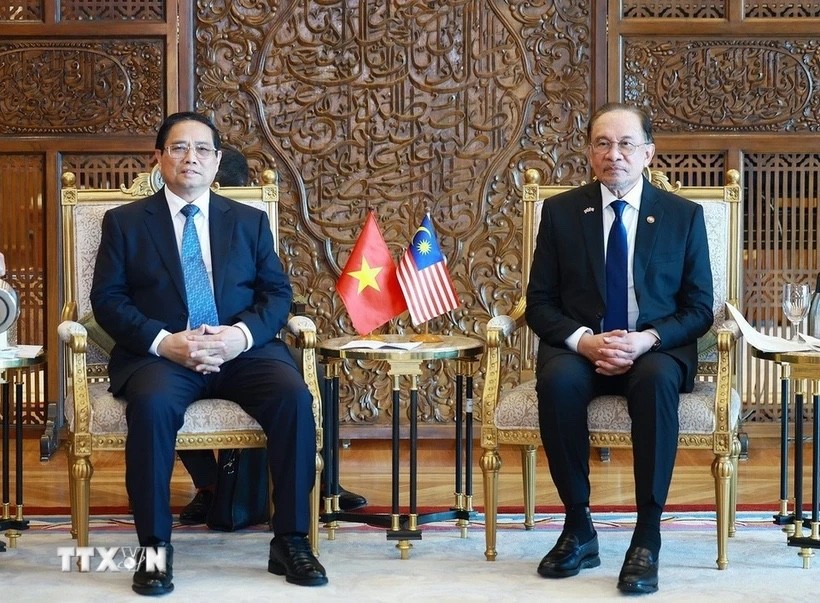 National
National
Vietnam News Today (May 31): Vietnam Strongly Supports Laos’s National Development
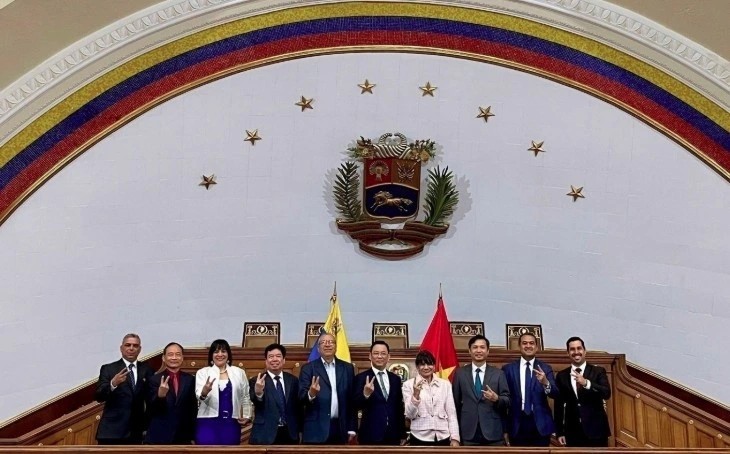 National
National
Vietnam News Today (May 30): Vietnam, Venezuela Reinforce Ties Through People-to-people Diplomacy
Popular article
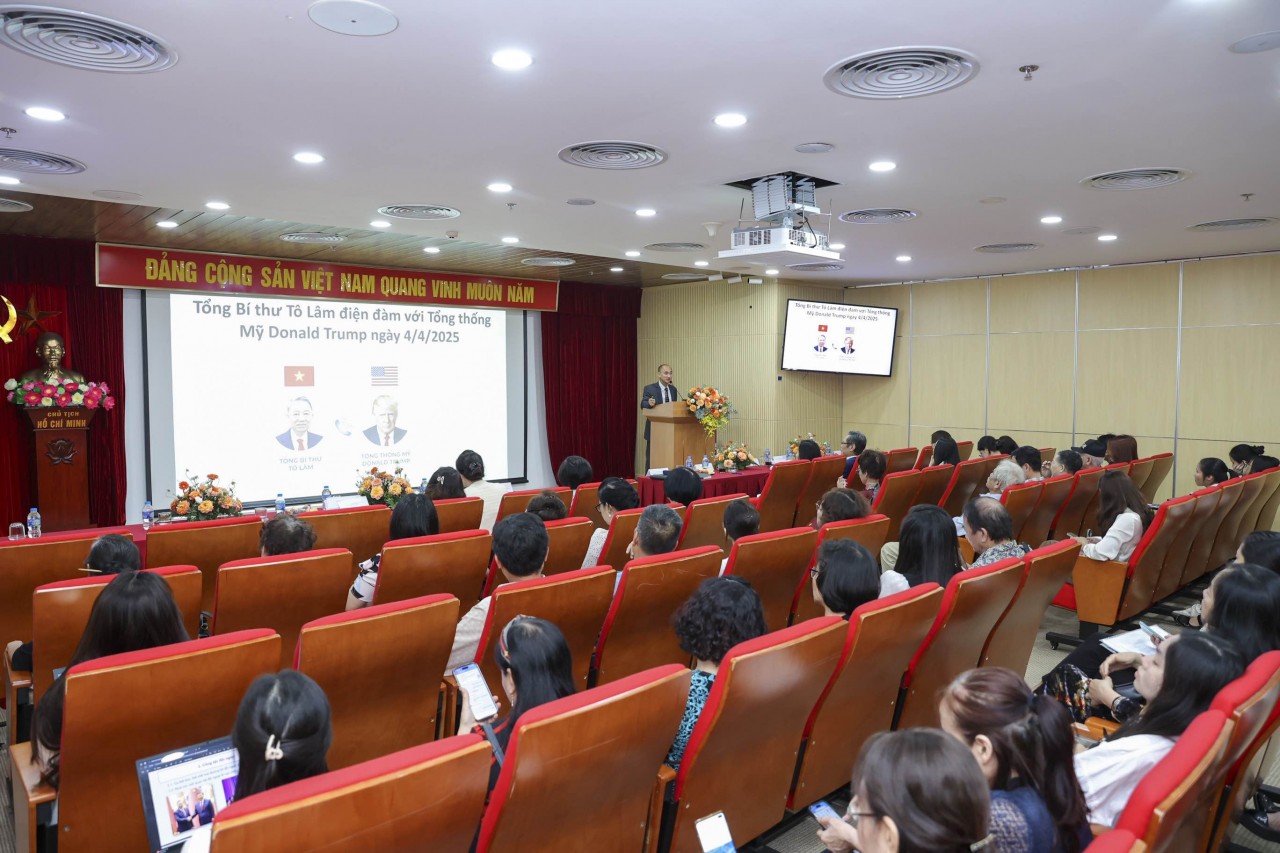 National
National
Vietnam News Today (May 29): Vietnam and Hungary to Expand Cooperation into New Areas
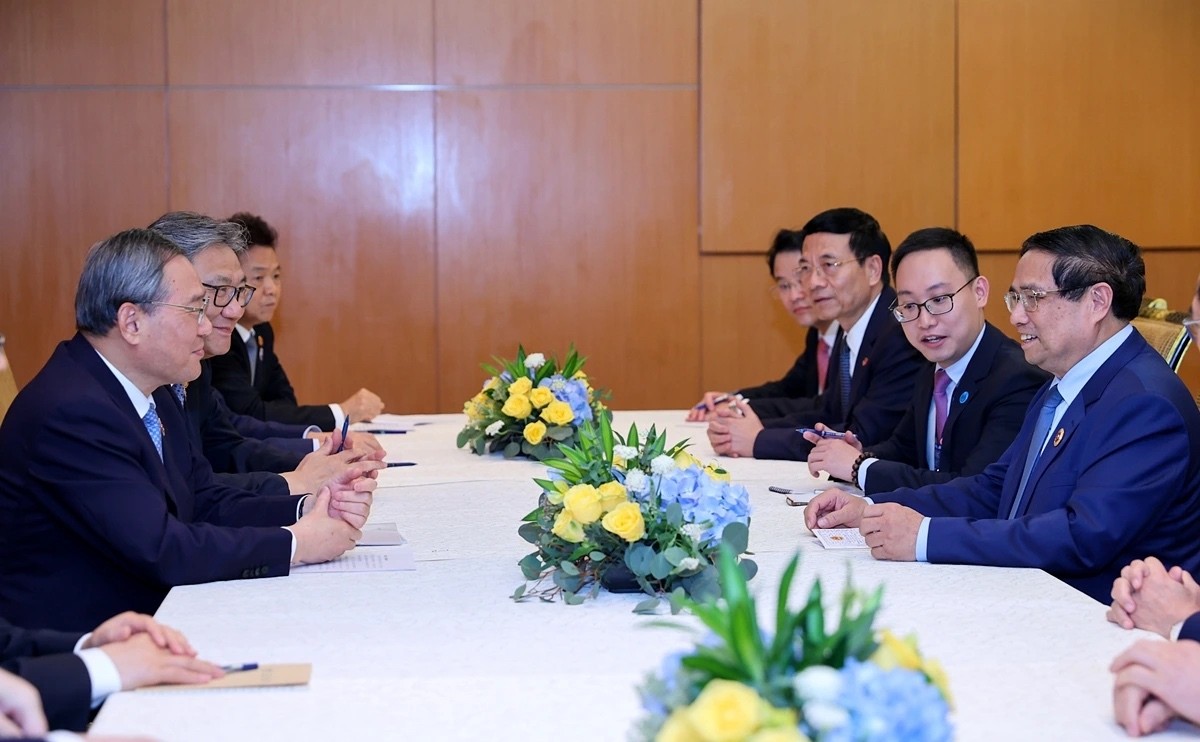 National
National
Vietnam News Today (May 28): Vietnam and China Discuss Strategic Cooperation Orientations
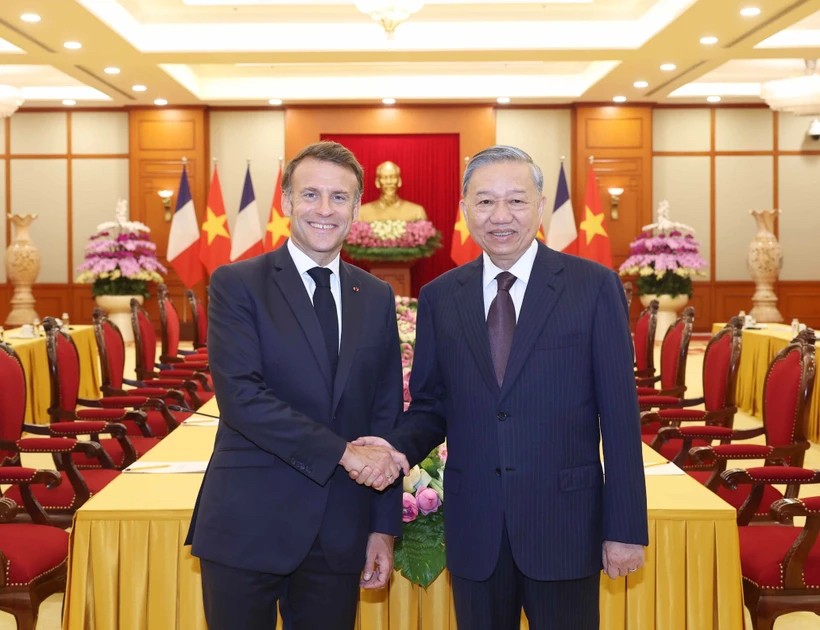 National
National
Vietnam News Today (May 27): Vietnam Treasures Multifaceted Collaboration with France
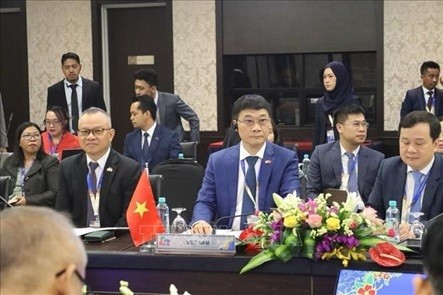 National
National




